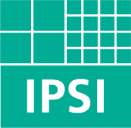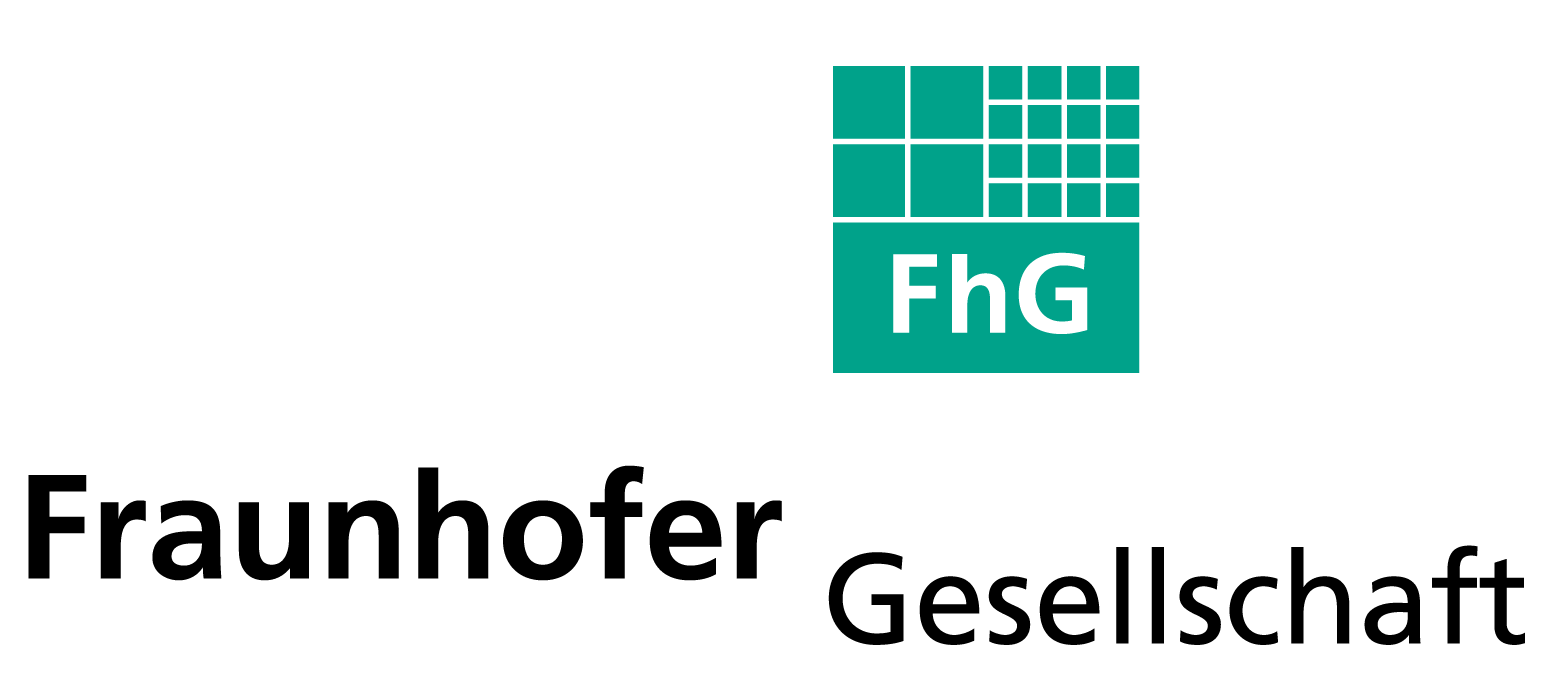Introduction
Security has become one of the most significant problems for spreading
new information technology. Digital data can easily be copied and multiplied
without information loss. This requires security solutions for such fields
as distributed production processes and electronic commerce, since the
producers seek to provide access control mechanisms to prevent misuse and
theft of material.
The workshop analyses specific security problems of multimedia systems
and multimedia material in the digital environment. Based on our discussion
in the workshop at the ACM MM’98 in Bristol, at the ACM MM’99 in Orlando
and at ACM MM’00 in Los Angeles we want to continue with the state of the
art evaluation and discuss future needs for the design of MM Security and
legal aspects. We understand that the interest and importance of security
was reflected in the great number of participants from all over the world
in last three workshops.
Objectives
Based on these excellent experiences the objective of the workshop
is to see the advantages in the field of multimedia and security.
Especially new challenges of ID-card watermarking, audio watermarking
and multimedia watermarking will be discussed. We want to classify
their applications and fundamental parameter. In the field of copyright
protection we want to discuss robustness, security, attacks and the usage
of public key solutions.
Beside the copyright protection we want to introduce to new fragile
watermarking systems to ensure manipulation recognition. Here we want to
distinguish between content-preserving and content-manipulating changes.
Another topic will be cryptographic protocols like multiple key techniques
for customer specific protection. Beside technical approaches legal requirements,
the identification of design and acceptance problems for security solutions
are addressed.
Contents
In the workshop, we want also face the topic, of the use of digital
signatures for authentication. Existing multimedia security mechanisms
use steganography approaches and are mostly not realized by cryptographic
solutions applying security. Thus the discussion is extend to the use of
cryptographic mechanisms.
The intention of the workshop is to bring together experienced researchers,
developers, and practitioners from academia and industry for a state of
the art evaluation and discussions of topics and problems for multimedia
security environments for our new century. The workshop reflects the strength
and weaknesses of what the multimedia community has to offer to meet the
needs of secure multimedia environments. Participants get an excellent
overview about what the community has to offer, where are the improvements,
the progress and the problems.
Programm Commitee
Andreas Lang, IPSI, Fraunhofer, Germany
Martin Steinebach, IPSI, Fraunhofer, Germany
Sviatoslav Voloshynovskiy, CUI - University of Geneva, Switzerland
Rüdiger Weiss, convergence cryptolabs Amsterdam, Netherlands
next column |
This year we have five invited talks:
-
Rüdiger Grimm (University of Ilmenau, Germany): Internet Voting Systems
– Security Considerations
-
Fred Baker (Cisco Systems, Santa Barbara, California, USA): Security as
an Immune Response?
-
Jessica Fridrich (SUNY Binghamton, USA): Detection of Steganography
-
Edward Delp (Video and Image Processing Laboratory (VIPER) School of Electrical
and Computer Engineering Purdue University West Lafayette, Indiana USA):
Fragile Image Watermarks
-
Jörg Schwenk (T-Nova, Deutsche Telekom, Germany): From Pay TV
to Pay Streaming -- Similarities and Differences
and a call for papers to include other reviewed papers for a day-long workshop
to related topics such as but not limited to
-
copyright protection
-
robust and fragile watermarking techniques
-
watermarking attacks
-
visual models
-
quality evaluations and benchmarks
-
conditional access
-
content-based digital signatures
-
legal aspects
-
watermarking protocols
-
security in JPEG2000, MPEG-4, MPEG-7 or MPEG21
-
biometrics and multimedia secuirty
-
video and audio crypting
-
watermarking applications
How to submit? Please see above. The papers (page
limit is 4 pages) will be published by ACM in an extra workshop proceeding.
We plan to publish a longer version (up to 12 pages) in a GMD publication.
The workshop fee will be $100 for ACM members and $120 for non-members.
More about the ACM Multimedia
2001
|






